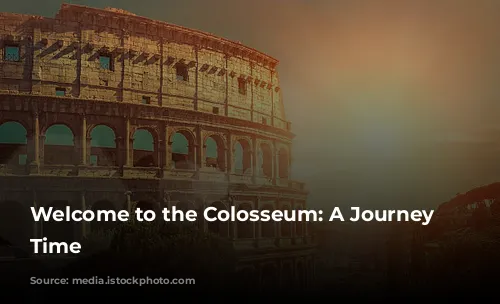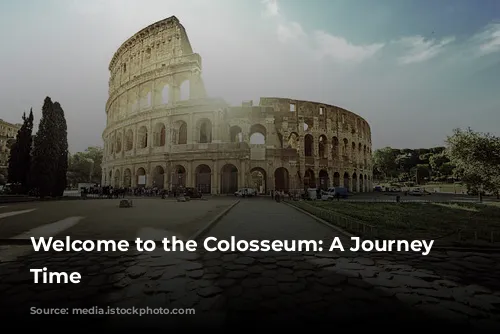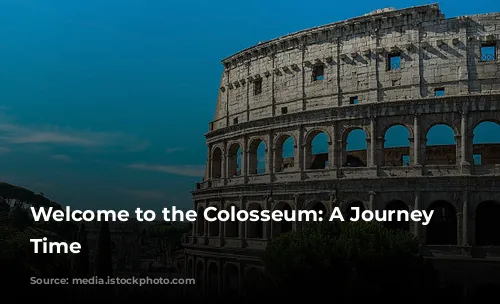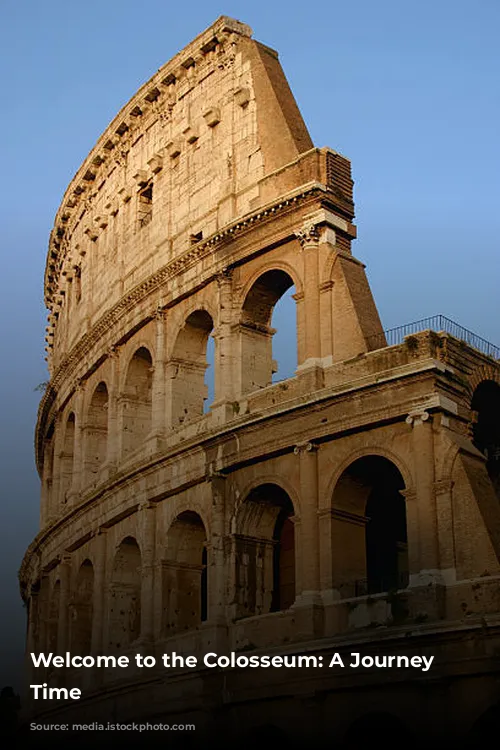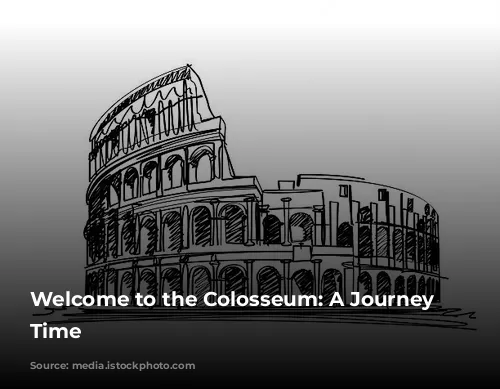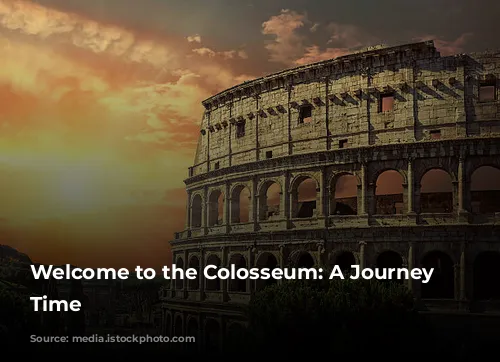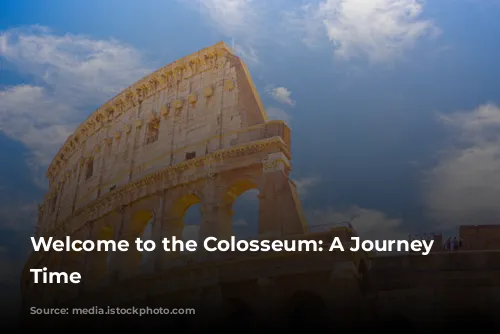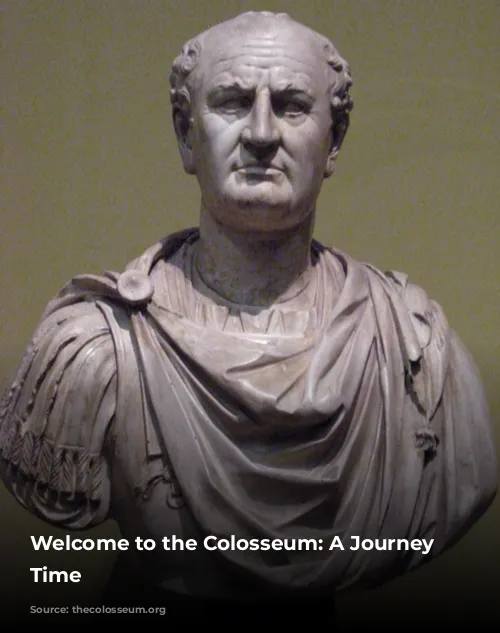The Roman Colosseum, a towering testament to ancient Roman power, stands as a symbol of a bygone era. With nearly two thousand years of history, the Colosseum holds stories of gladiator battles, epic hunts, and gruesome executions. Prepare to be amazed by the fascinating facts surrounding this architectural marvel!
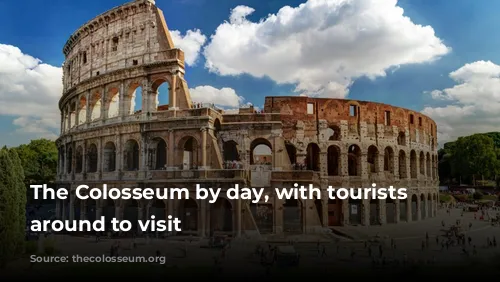
Construction and Origins
The Colosseum’s construction began in 72 AD under Emperor Vespasian and was completed in 80 AD. While Vespasian initiated the project, his sons, Emperors Titus and Domitian, oversaw its completion. The Colosseum was built largely by Jewish slaves, under the watchful eyes of Roman engineers and craftsmen.
The Colosseum’s name was originally the Flavian Amphitheater because it was built by the Flavian dynasty. The name “Colosseum” likely originated from the colossal bronze statue of Emperor Nero that once stood beside the building.
The Colosseum was built in response to the great fire of 64 AD, which devastated a large part of Rome. Emperor Nero had built a luxurious palace, the Domus Aurea, in the burned area. The citizens of Rome were outraged. When Emperor Vespasian ascended to the throne, he ordered the destruction of Nero’s palace and the construction of the Colosseum in its place. The Colosseum was meant to be a place where all Roman citizens could gather for entertainment.
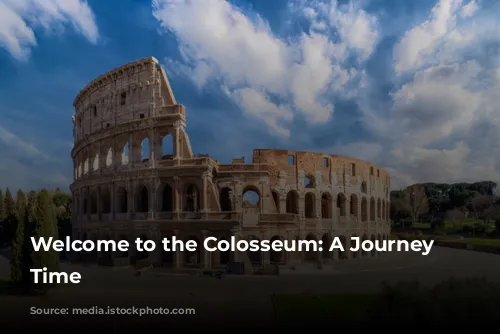
The Colosseum’s Enormous Scale
The Colosseum is an oval-shaped structure, measuring 189 meters long, 156 meters wide, and 48.5 meters tall. It covers an area of 6 acres. The outer walls feature three levels of Doric, Ionic, and Corinthian columns, each level boasting 80 arches. The arches served as guides for citizens to find their seats. Today, only 31 of the original 80 arches at ground level remain intact.
The Colosseum was built using an estimated 100,000 cubic meters of travertine stone quarried in Tivoli. This stone was held together with thousands of iron clamps.
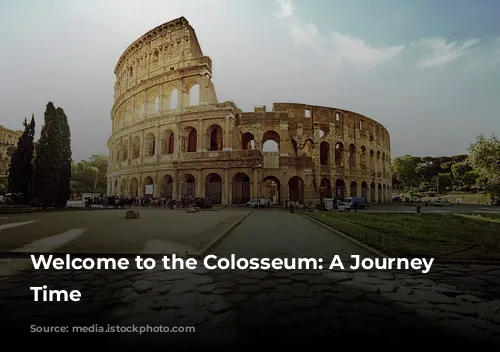
Beneath the Colosseum: Secrets Revealed
The Colosseum’s Hypogeum, the underground network of tunnels and chambers, housed the gladiators, animals, and prisoners before they entered the arena. 80 vertical shafts connected the hypogeum to the arena, allowing for the deployment of scenery elements during the spectacles.
The Colosseum was designed to seat between 50,000 and 80,000 spectators.

The Colosseum’s Bloody Spectacles
Over 350 years, the Colosseum witnessed thousands of deaths – gladiators, slaves, convicts, prisoners, and entertainers. The most well-known spectacles included gladiator battles, hunts, executions, and even staged naval battles.
Animals, including lions, tigers, wolves, bears, leopards, wild boar, elephants, hyenas, buffalo, hippopotamus, crocodiles, and giraffes, were used in the Colosseum. The sheer number of animals killed in the Colosseum is believed to be in the millions.
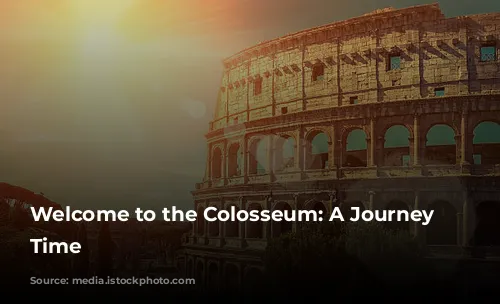
Dispelling Myths and Unveiling Truths
Contrary to popular belief, gladiator fights were not just gruesome free-for-alls. They were like boxing matches today, with classes based on fighting styles, referees, and doctors. Matches often didn’t end in death. Successful gladiators became celebrities, and some even had long careers without dying.
While Christians were undoubtedly persecuted in ancient Rome, there is no conclusive historical evidence to support the connection between Christian martyrs and the Colosseum.
The movie Gladiator depicted Commodus, a real Roman Emperor, as a bloodthirsty tyrant. While Commodus did enjoy gladiatorial combat, his fights were often against handicapped opponents or non-predatory animals. His cruelty earned him the hatred of Roman citizens, but he didn’t die fighting a hero-gladiator as the movie suggested.
Gladiators were not free men. They were considered property of their owners, stripped of their rights.

The Colosseum’s Legacy: From Arena to Tourist Destination
The last recorded gladiator battles took place in 435 AD, and the Colosseum continued to host hunts for another century. The end of gladiatorial fights was not due to Christianity but because of the Empire’s declining resources.
The Colosseum has suffered numerous catastrophes, including fires and earthquakes, causing damage and necessitating repairs over the centuries.
After its use as an arena, the Colosseum served as a cemetery, a place of worship, housing, workshops, a fortified castle, and finally a tourist attraction. Over 7 million visitors flock to the Colosseum every year, making it one of the most visited landmarks in the world.
The Roman Colosseum stands as a powerful reminder of the past. Its history is woven with tales of grandeur, brutality, and resilience. As you visit this incredible structure, imagine the roars of the crowd, the clash of swords, and the echoes of a bygone era.
